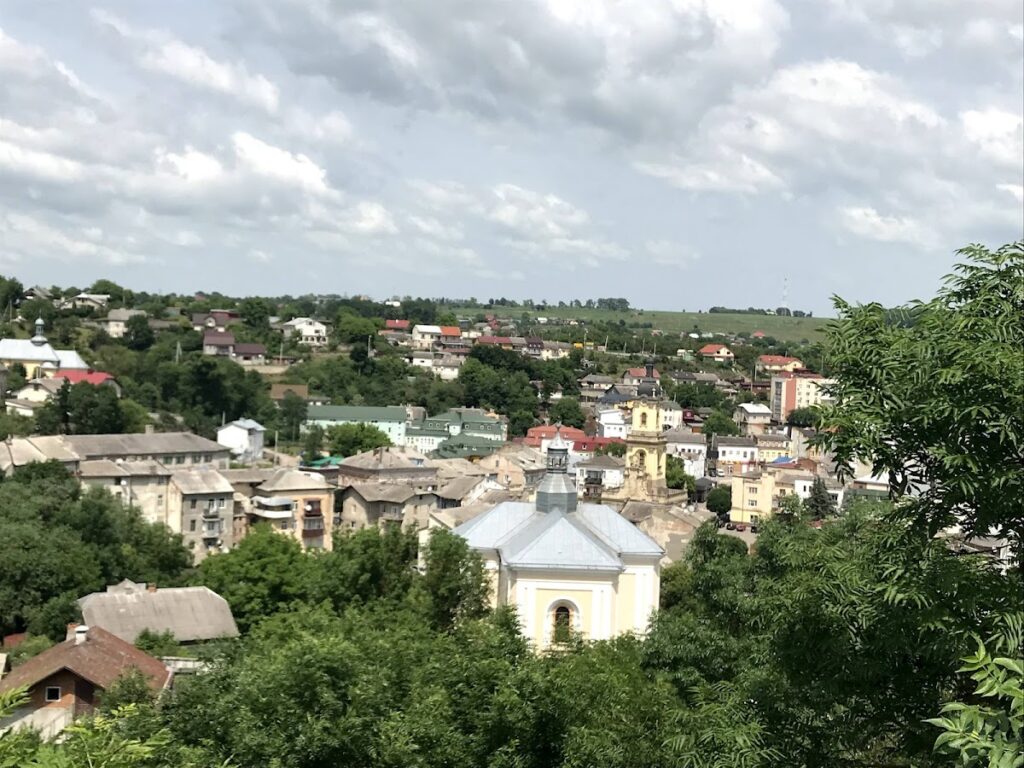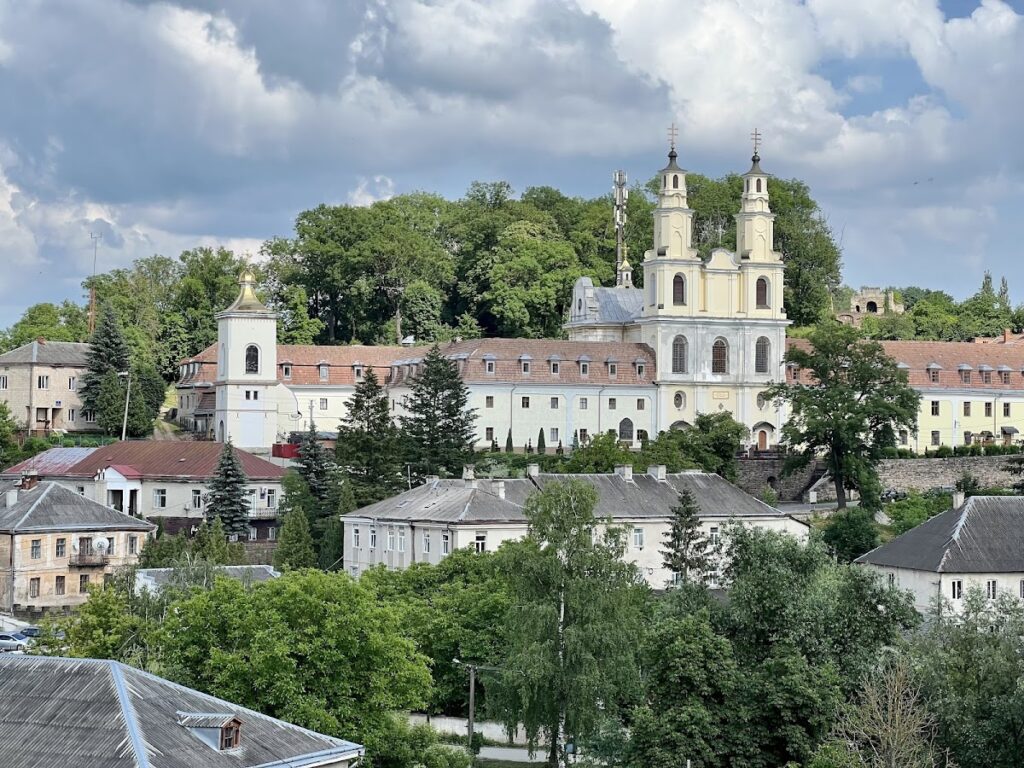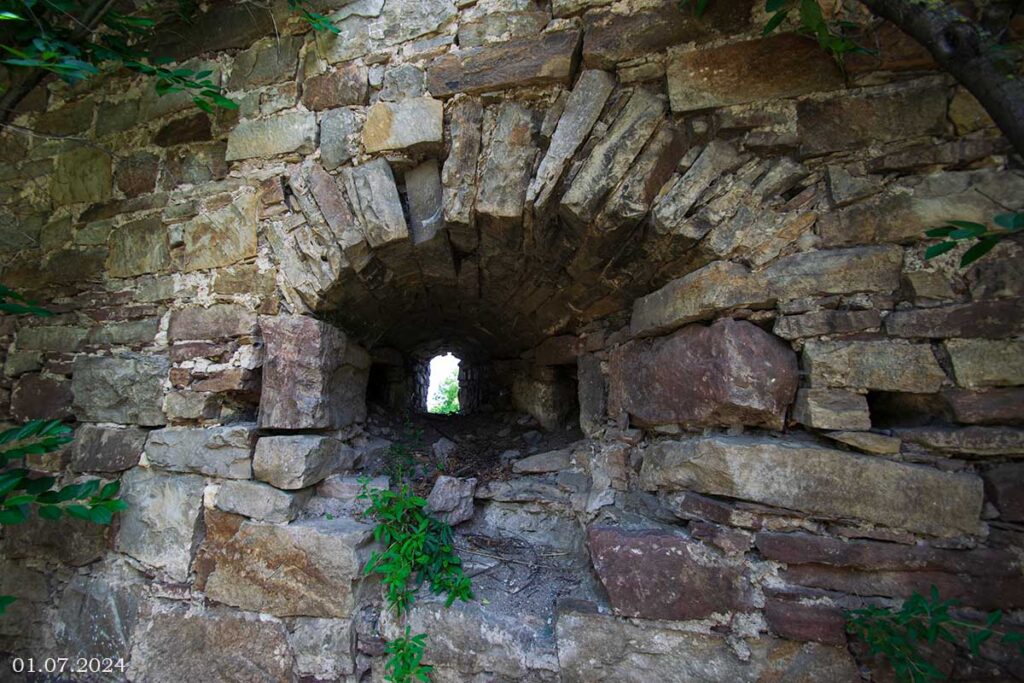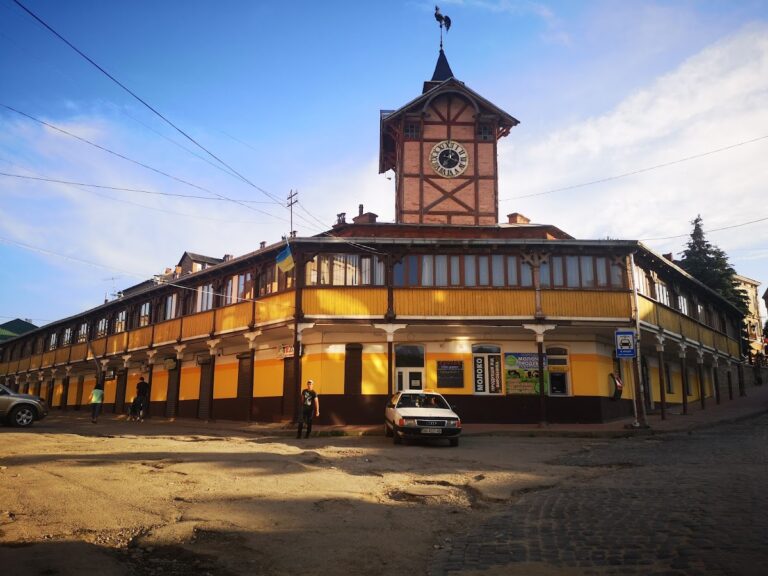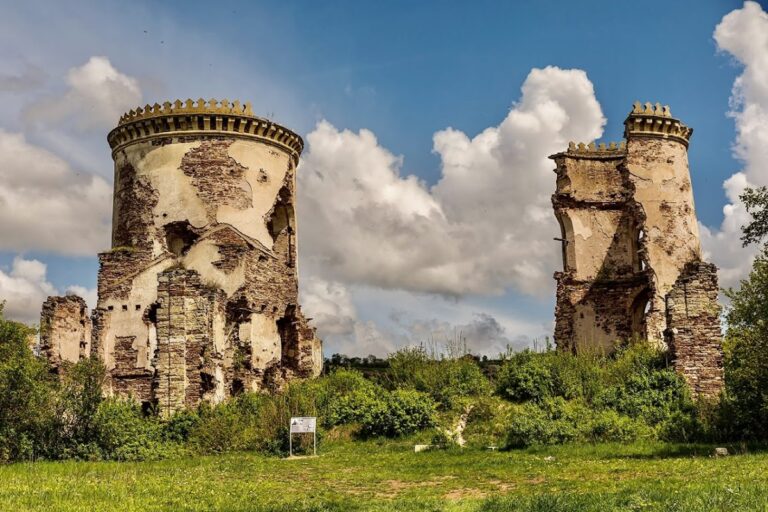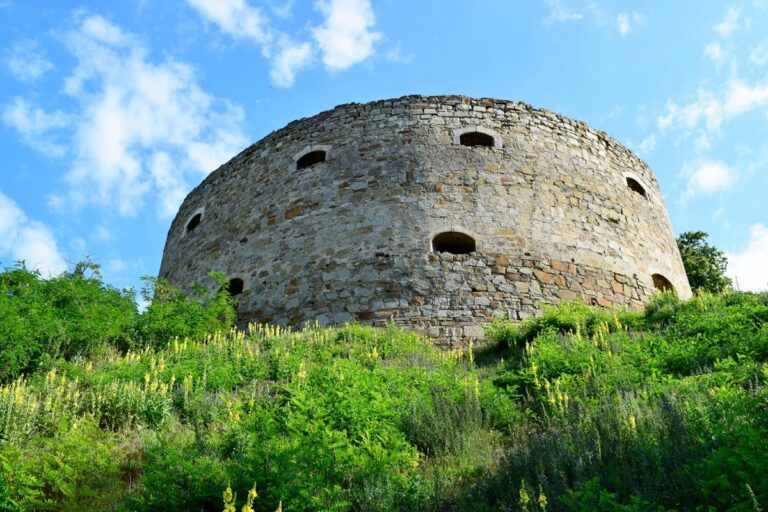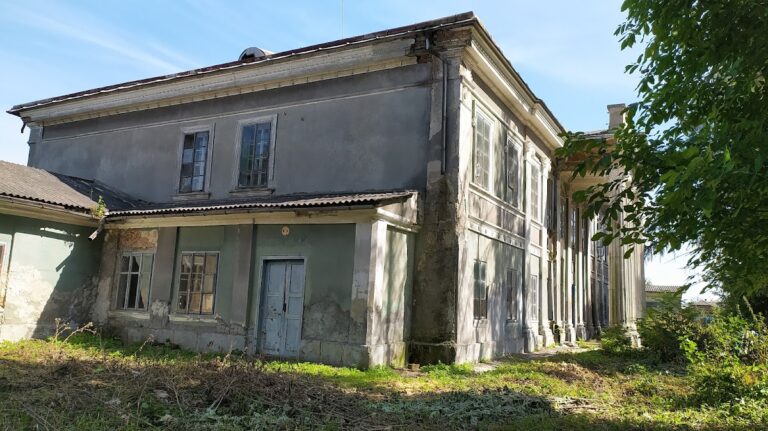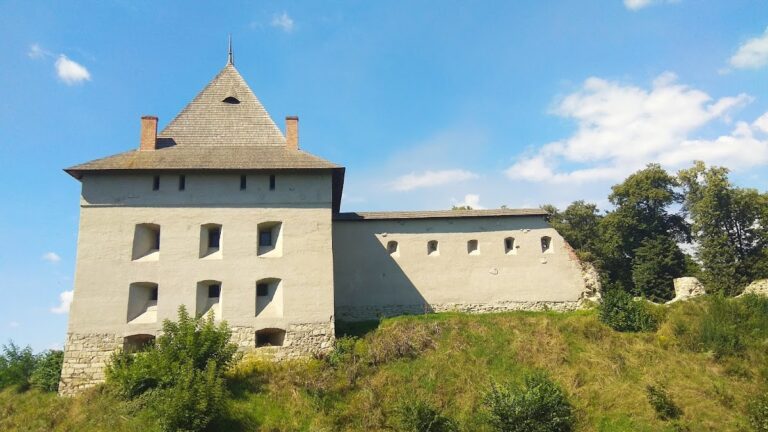Buchach Castle: A Historic Fortress in Ukraine
Visitor Information
Google Rating: 4.4
Popularity: Low
Google Maps: View on Google Maps
Official Website: discover.ua
Country: Ukraine
Civilization: Unclassified
Remains: Military
History
Buchach Castle is located in the town of Buchach in present-day Ukraine. It was originally established by local medieval builders, with its earliest wooden fortifications dating back to the 12th century. The fortress occupied a strategic position on a triangular rocky promontory overlooking the Strypa River, offering a natural defensive advantage.
By the late 14th century, the wooden structures were replaced with stone fortifications constructed by the Buczacki family, who bore the coats of arms Abdank and Pilawa. Ownership later passed to the Potocki family in the early 17th century. Throughout the 16th century, the castle became a crucial military outpost on the borderlands of Podillia. During this period, it faced repeated attacks by Crimean Tatars, Ottoman Turks, and Moldavian forces, causing frequent cycles of damage and repair. The fortress was recognized as a bulwark protecting the region.
In 1614, during a siege led by Ivan-Yurii Radziwill, the castle’s defense was commanded by Zofia Zamiechowska. Despite her leadership, the fortress fell after members of the garrison were bribed to open its gates. Roughly around 1620, Stefan Potocki and his wife Maria Mohylanka undertook significant expansion of the castle’s defenses. They added two large semicircular bastions along the southern wall, a design feature that brought the fortress in line with other regional strongholds such as Yazlovets and Berezhany.
Buchach Castle endured numerous further sieges from Tatars, Turks, and Cossacks throughout the 17th century. In 1672, it was besieged by forces commanded by Sultan Mehmed IV. According to local accounts, the defenders were led by a woman named Teresia or Ursula Danilovych, and the siege was lifted while still ongoing. However, in 1676, the fortress was captured and demolished by Turkish and Tatar troops under Ibrahim Pasha of Damascus. Shortly afterward, it was reconstructed by Jan Potocki or his son, Stefan Alexander Potocki.
By the middle of the 18th century, the castle had been abandoned and gradually fell into ruin. Under Austrian rule in the 19th century, parts of the castle walls were dismantled, and the stones were repurposed for local building projects. Archaeological efforts at the site began in the late 19th century, revealing artifacts such as large cannonballs. Further minor excavations in the 1930s under Count Arthur Potocki contributed limited new findings.
Remains
Buchach Castle occupies a rocky elevation with steep slopes on three sides, near a small stream flowing into the Strypa River which enhanced its natural defenses. The existing ruins mainly date from the 16th century, though excavations uncovered Gothic fragments such as columns and capitals from the 14th century, indicating earlier phases of construction. The fortress was built according to a bastion defense system, featuring walls up to 4 meters thick designed to support gunfire from multiple angles.
The southern wall is notable for its semicircular shape, flanked by two substantial bastions. These bastions were constructed to face the southern approach of the town and the main Castle Street, reinforcing this vulnerable sector. The northern side, the oldest part of the complex, stands on the original triangular promontory formed by the Strypa River. It is built using a mixture of red and light sandstone bonded with lime mortar, techniques typical of its period.
Within the castle enclosure on the east side, there once stood a Renaissance palace, likely erected atop an older residential structure. This palace featured arcaded galleries—open arcades supported by columns—and was entered through a gate on the first floor accessed by a drawbridge spanning a moat. A courtyard fountain also adorned this inner space. Remnants of finely cut sandstone blocks, especially at foundational corners, survive along with some original window openings in palace fragments.
Archaeological findings include large cannonballs weighing up to 200 kilograms, alongside smaller balls of 50 and 15 pounds. Some 15-pound balls were embedded in the outer wall of the nearby Assumption of the Blessed Virgin Mary Church, where inscriptions commemorate their origin as trophies captured during Tatar assaults on the castle.
By the 21st century, only scattered fragments of the walls and towers survive. These remains are in fragile condition, with the site requiring conservation efforts and structural support to prevent further collapse.

